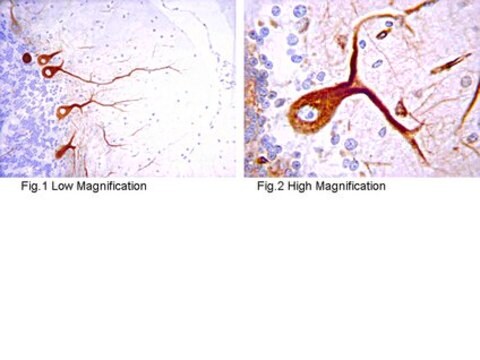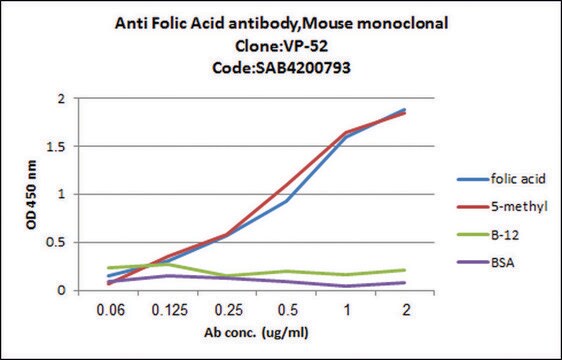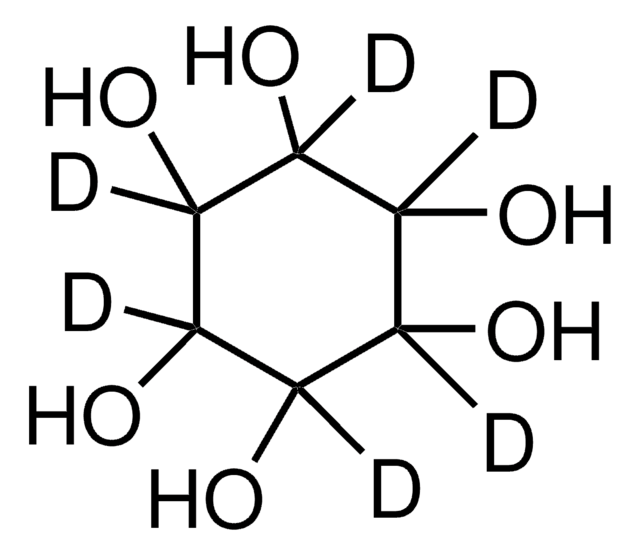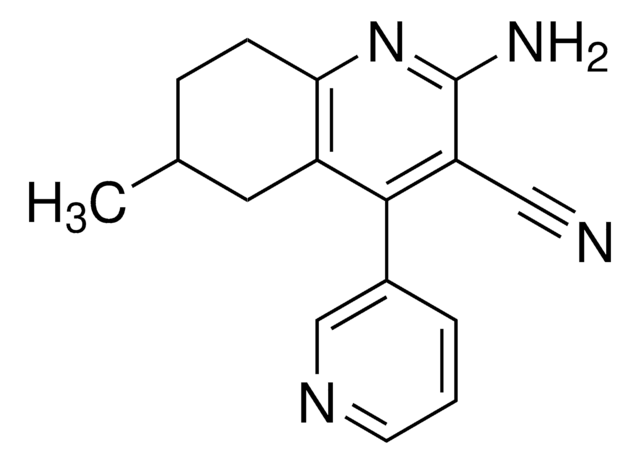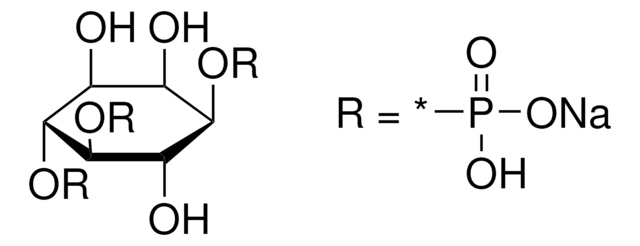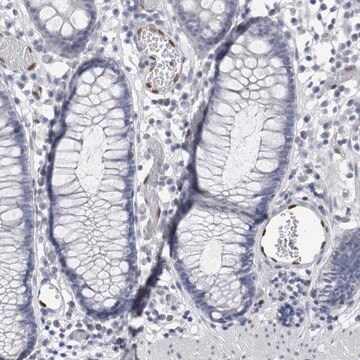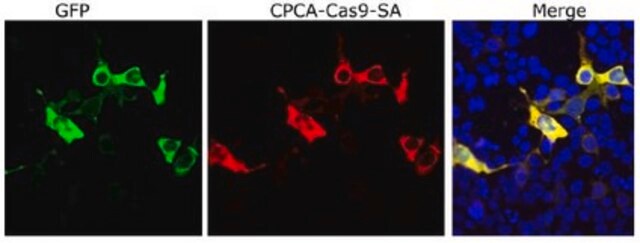07-1210
Anti-IP3 Receptor Antibody
from rabbit
Sinônimo(s):
Inositol 1,4,5-Trisphosphate Receptor
About This Item
Produtos recomendados
fonte biológica
rabbit
Nível de qualidade
forma do anticorpo
purified immunoglobulin
tipo de produto de anticorpo
primary antibodies
clone
polyclonal
reatividade de espécies
pig, human, bovine, rabbit, mouse, canine, dog, rat
técnica(s)
ELISA: suitable
immunofluorescence: suitable
immunohistochemistry: suitable (paraffin)
immunoprecipitation (IP): suitable
radioimmunoassay: suitable
western blot: suitable
Isotipo
IgG
nº de adesão NCBI
nº de adesão UniProt
Condições de expedição
dry ice
modificação pós-traducional do alvo
unmodified
Informações sobre genes
human ... ITPR1(3708)
Descrição geral
Especificidade
Imunogênio
Aplicação
Immunofluorescence: 1:20 - 1:200 dilution from a previous lot. Light fixation, 2% PFA, 90% ethanol fixation; Visualization by confocal microscopy is required, as detection by standard fluorescent microscopy will not be adequate to detect the IP3R. Due to the intensity of confocal lasers, use of an anti-fading agent, such as DABCO, is strongly recommended.
ELISA: 1:2,000 dilution of a previous was used in ELISA.
Immunoprecipitation: 1:200 dilution of a previous lot was used in Immunoprecipitation.
Flow cytometry: 1:1,000 dilution of a previous lot was used in Flow Cytometry.
Radioimmunoassay: 1:10,000 dilution of a previous lot was used in Radioimmunoassay.
Optimal working dilutions must be determined by the end user.
Signaling
GPCR, cAMP/cGMP & Calcium Signaling
Qualidade
Western Blot Analysis:
1:500-1,000 dilution of this lot detected IP3 Receptor on 10 μg of RAW 264 lysates.
Descrição-alvo
Ligação
forma física
Armazenamento e estabilidade
Handling Recommendations: Upon first thaw, and prior to removing the cap, centrifuge the vial and gently mix the solution. Aliquot into microcentrifuge tubes and store at -20°C. Avoid repeated freeze/thaw cycles, which may damage IgG and affect product performance.
Nota de análise
RAW264 cell lysate
Outras notas
Exoneração de responsabilidade
Não está encontrando o produto certo?
Experimente o nosso Ferramenta de seleção de produtos.
Código de classe de armazenamento
12 - Non Combustible Liquids
Classe de risco de água (WGK)
WGK 2
Ponto de fulgor (°F)
Not applicable
Ponto de fulgor (°C)
Not applicable
Certificados de análise (COA)
Busque Certificados de análise (COA) digitando o Número do Lote do produto. Os números de lote e remessa podem ser encontrados no rótulo de um produto após a palavra “Lot” ou “Batch”.
Já possui este produto?
Encontre a documentação dos produtos que você adquiriu recentemente na biblioteca de documentos.
Nossa equipe de cientistas tem experiência em todas as áreas de pesquisa, incluindo Life Sciences, ciência de materiais, síntese química, cromatografia, química analítica e muitas outras.
Entre em contato com a assistência técnica